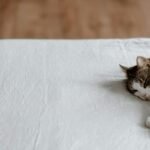Ever wondered what secrets separate cats who celebrate their twenties from those with shorter lifespans? The difference often lies in simple daily behaviors that reveal whether your feline friend is on track for a long, healthy life.
The average cat lifespan is between 13–17 years, though some lucky felines have been known to live 20 years or more – the world record holder for oldest cat on record, adorably named Creme Puff, lived to be a whopping 38 years old. Recognizing the behavioral patterns that predict longevity can help you ensure your cat enjoys every possible year with you. So let’s dive into the fascinating world of feline habits that serve as crystal balls for their future health.
1. Maintaining Consistent Grooming Without Obsessing
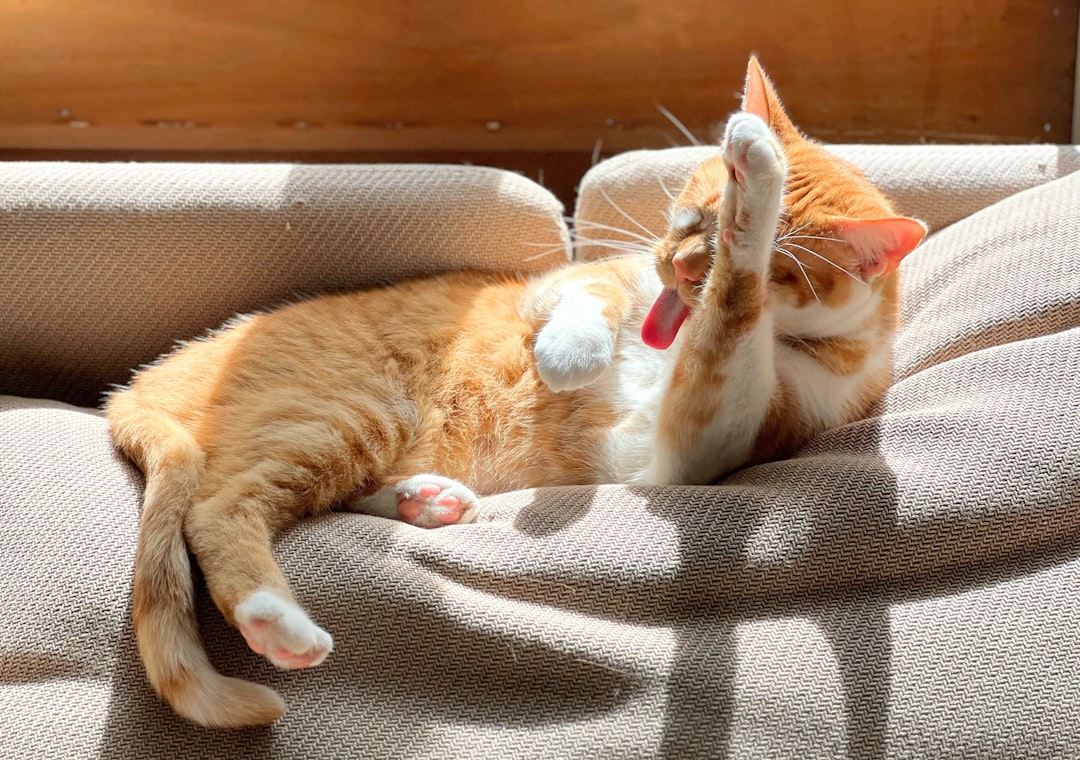
Cats are meticulous groomers, spending a significant portion of their day cleaning themselves. Healthy grooming is balanced, whereas excessive grooming or lack of grooming can indicate underlying issues. Healthy cats normally groom themselves. An untidy appearance can be a sign of illness, orthopedic issues like arthritis, or obesity.
Cats typically spend up to 50% of their waking hours grooming, but excessive licking, biting, chewing, or scratching may mean that your cat’s self-grooming habits have become problematic. Watch for the sweet spot where your cat maintains their cleanliness without creating bald patches or skin irritation.
Over-grooming can lead to bald spots and sores, often a sign of anxiety, stress, or obsessive-compulsive behavior. When a cat stops grooming, it may indicate depression or anxiety, as the cat loses interest in activities it once found essential. Cats who maintain moderate, consistent grooming habits typically have better stress management skills.
2. Staying Physically Active Through Play
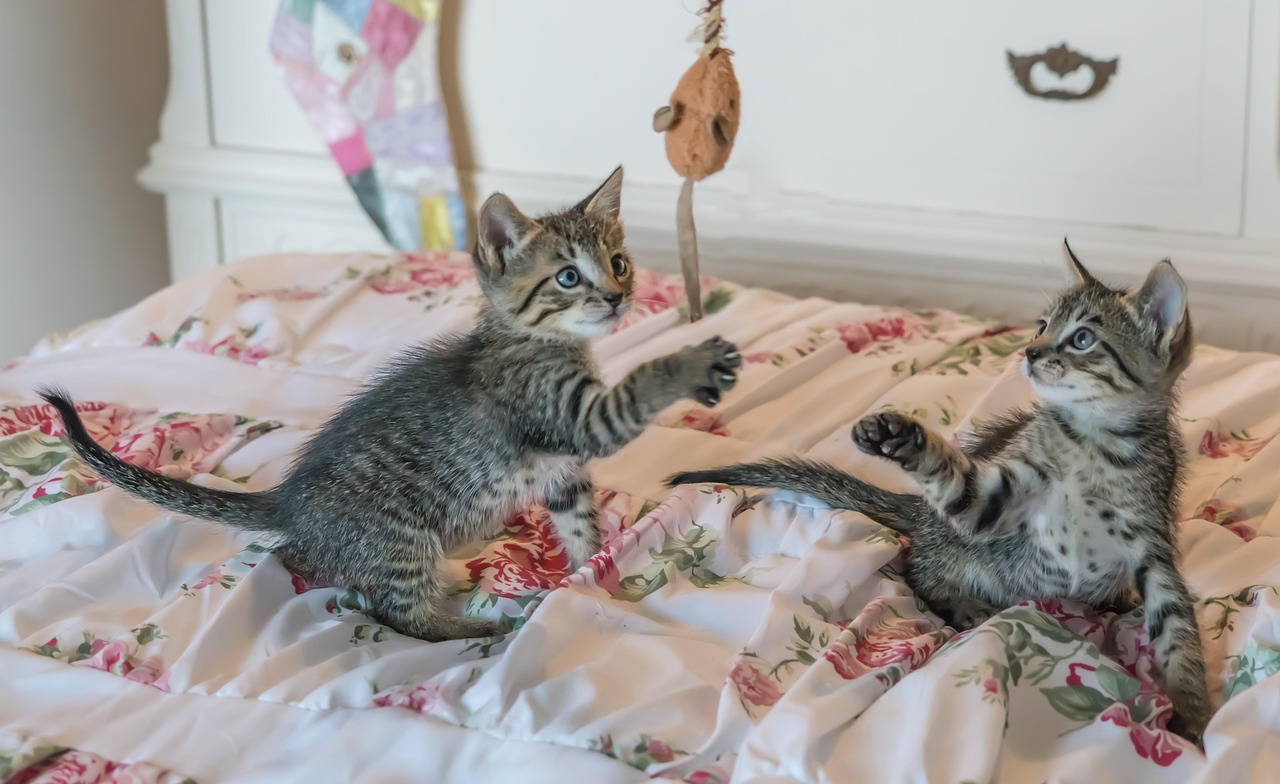
Playfulness is a sign of a cat’s emotional well-being. Cats that feel safe and secure in their environment are more likely to exhibit playful behaviors. Conversely, a sudden decrease in playfulness might indicate emotional distress or health issues. Active cats show engagement with their environment, which translates to better physical and mental health throughout their lives.
In addition to helping her stay svelte, exercise and play can also prevent stress, resulting in happier and healthier cats, the doctors say. Indoor kitties definitely live longer, but they need to be able to perform typical cat behaviors, like hunting, pouncing and interacting. Regular play sessions help maintain muscle mass and joint flexibility as cats age.
Exercise your cat’s BODY and MIND. Cats need both physical and mental exercise! Make sure they have plenty of toys to play with, which could include food puzzles and toys that take them through an entire prey sequence (ending with a “kill”, or treat). This mental stimulation prevents cognitive decline and maintains their hunting instincts.
3. Drinking Adequate Water Daily
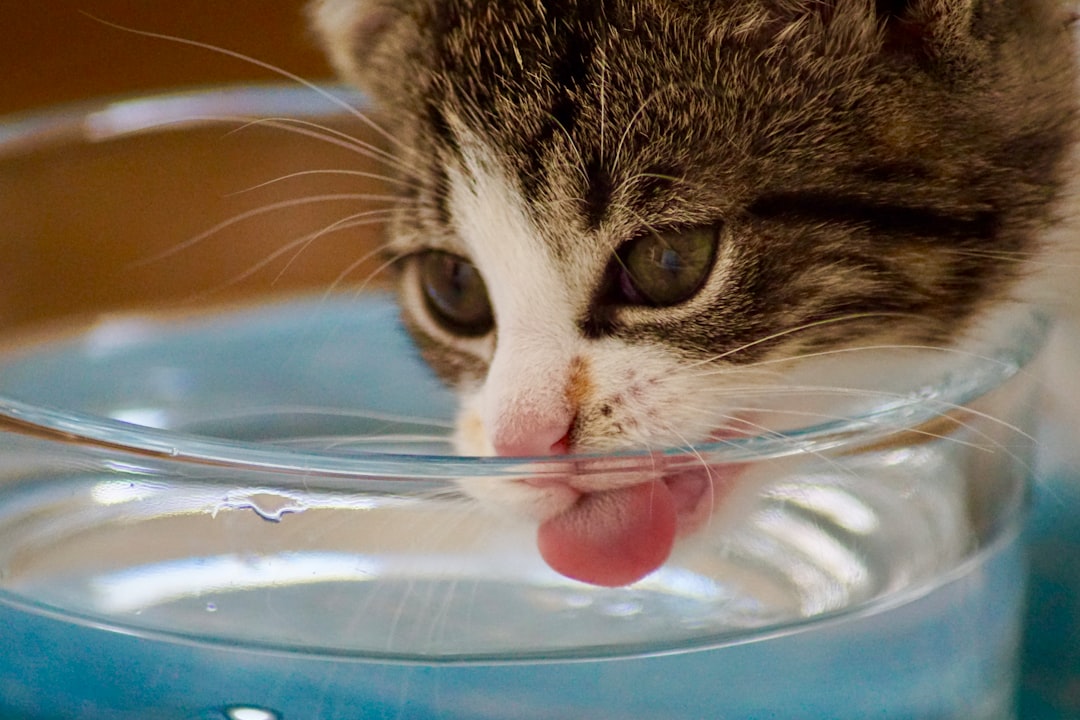
But most importantly, wet food contains water. And water is life. Water flushes toxins from the system and keeps organs functioning. Cats with healthy hydration habits show better kidney function and overall organ health as they age.
Cats need access to fresh clean water at all times. But you might not realize a simple tweak in how you provide the water can help your cat stay better hydrated. Because cats originated as desert animals, they’re very particular in how they like to consume water. Proper hydration supports every bodily function.
And here’s a little known fact: cats don’t really have a thirst drive; in nature, they get most of their moisture from what they eat. You can entice cats to drink from bowls or water fountains, but feeding your cats wet food will ensure that they stay hydrated. Cats who maintain good hydration through food and water intake typically live longer lives.
4. Showing Social Engagement With Their Humans
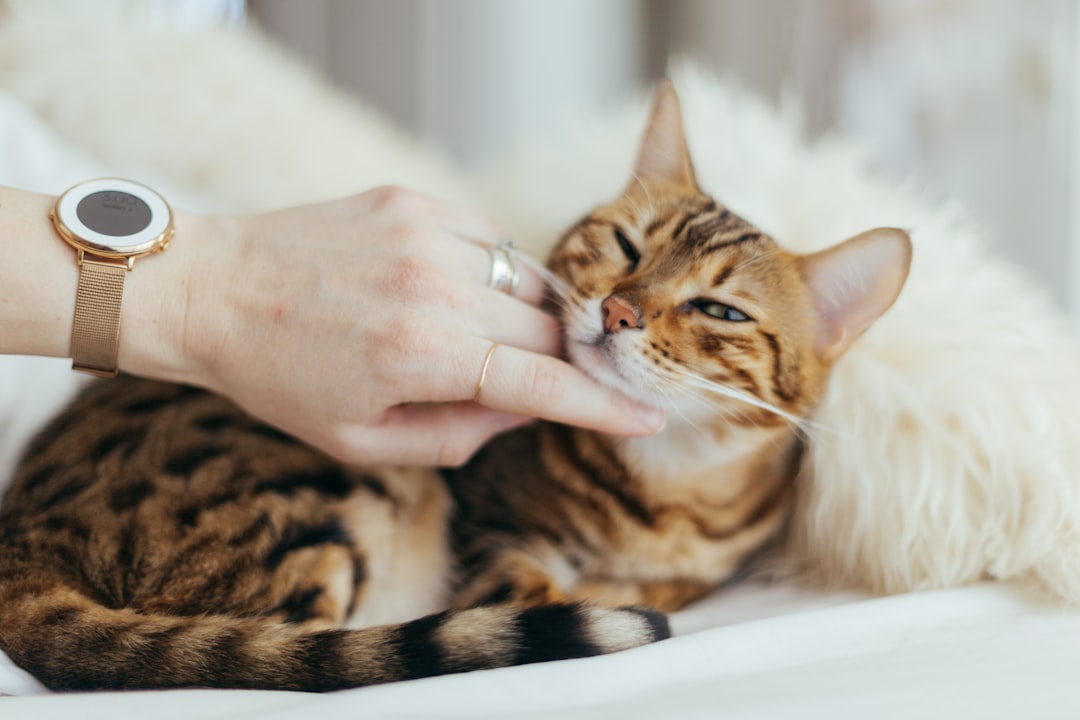
Cats often sleep near their owners or in locations where they can keep an eye on human activity, strengthening their bond with their owners. In multi-cat households, cats may sleep near or with each other, promoting social bonds and reducing territorial stress. Social cats who maintain bonds with their families show better stress management and emotional health.
Social engagement with others helps keep a cat’s mind active, preventing boredom. During allogrooming, the social interaction and communication that transpires increase cognitive function. This mental stimulation from social interactions helps prevent cognitive decline in aging cats.
Two purring felines can mean double the joy and possibly longer lifespans for both. Having a companion often leads to more physical activity and mental stimulation. Cats who engage positively with their environment and family members typically show better overall well-being throughout their lives.
5. Maintaining a Healthy Weight and Appetite

Obesity is a leading factor that shortens a cat’s lifespan. It isn’t just the extra weight – it’s the strain on joints, the increased risk of diabetes, and the potential for organ failure that come with it. Cats who maintain appropriate weight show better mobility and organ function as they age.
According to the Association for Pet Obesity Prevention, 59% of cats in the U.S. are overweight or obese. All that extra weight can put a serious strain on your cat’s body, potentially causing type 2 diabetes, organ damage, joint problems or heart failure. Weight management remains crucial throughout a cat’s entire life.
Different breeds have different ideal weight ranges, so it’s best to consult your vet for your cat’s target weight and body condition score (BCS). A healthy weight supports mobility, organ function, and overall quality of life. Regular monitoring helps catch weight changes early.
6. Following Regular Sleep Patterns
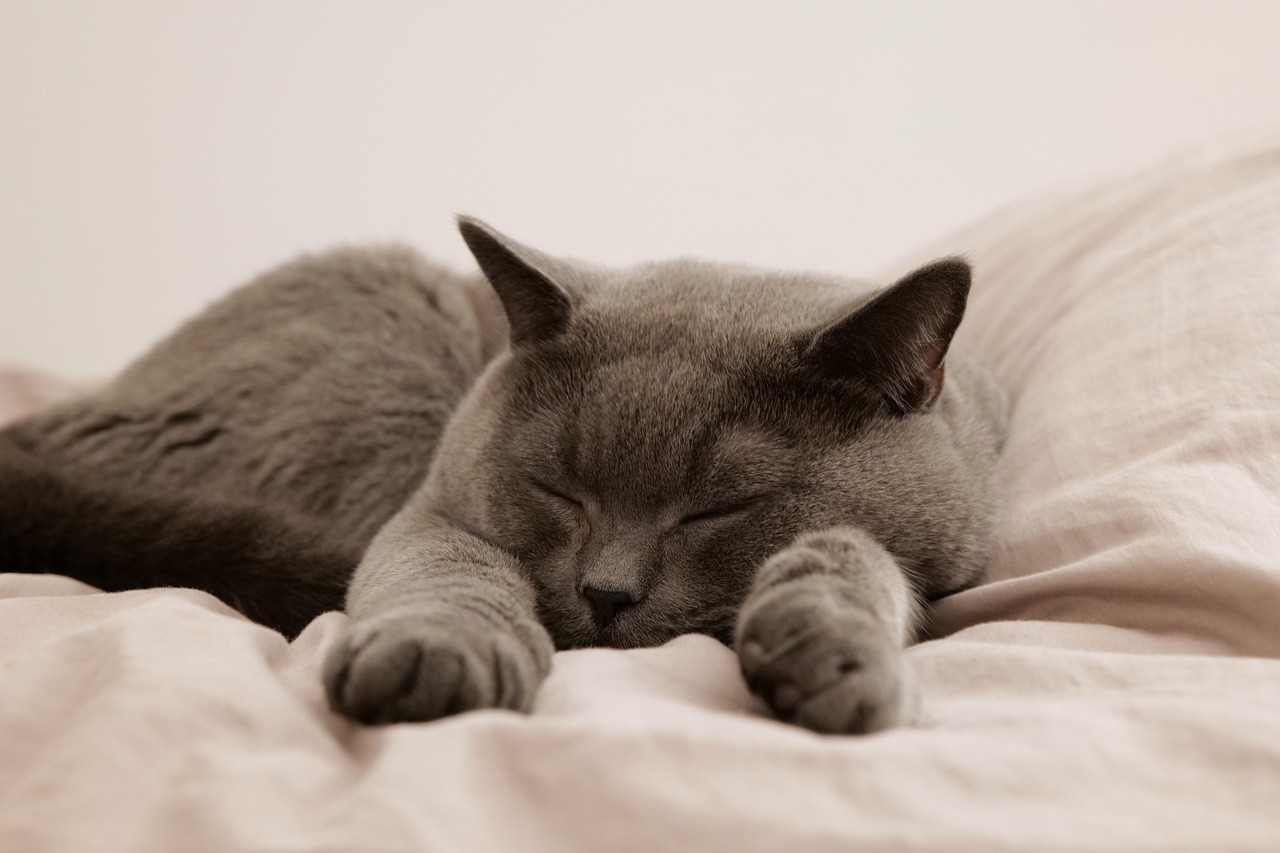
This behavior in most cats is a predictable pattern of play, eat, groom, sleep, repeated through the day and night. Cats with consistent sleep schedules typically show better stress management and overall health stability.
During REM sleep, cats process and consolidate memories, which is essential for learning and adapting to their environment. In addition, well-rested cats are better equipped to handle problem-solving tasks and explore their surroundings. Quality sleep supports cognitive function and emotional resilience throughout their lifespan.
Healthy sleep patterns indicate good stress levels and comfort in their environment. Cats who maintain regular sleep cycles without excessive hiding or restlessness typically enjoy better physical and mental health as they age.
7. Adapting Well to Routine Changes
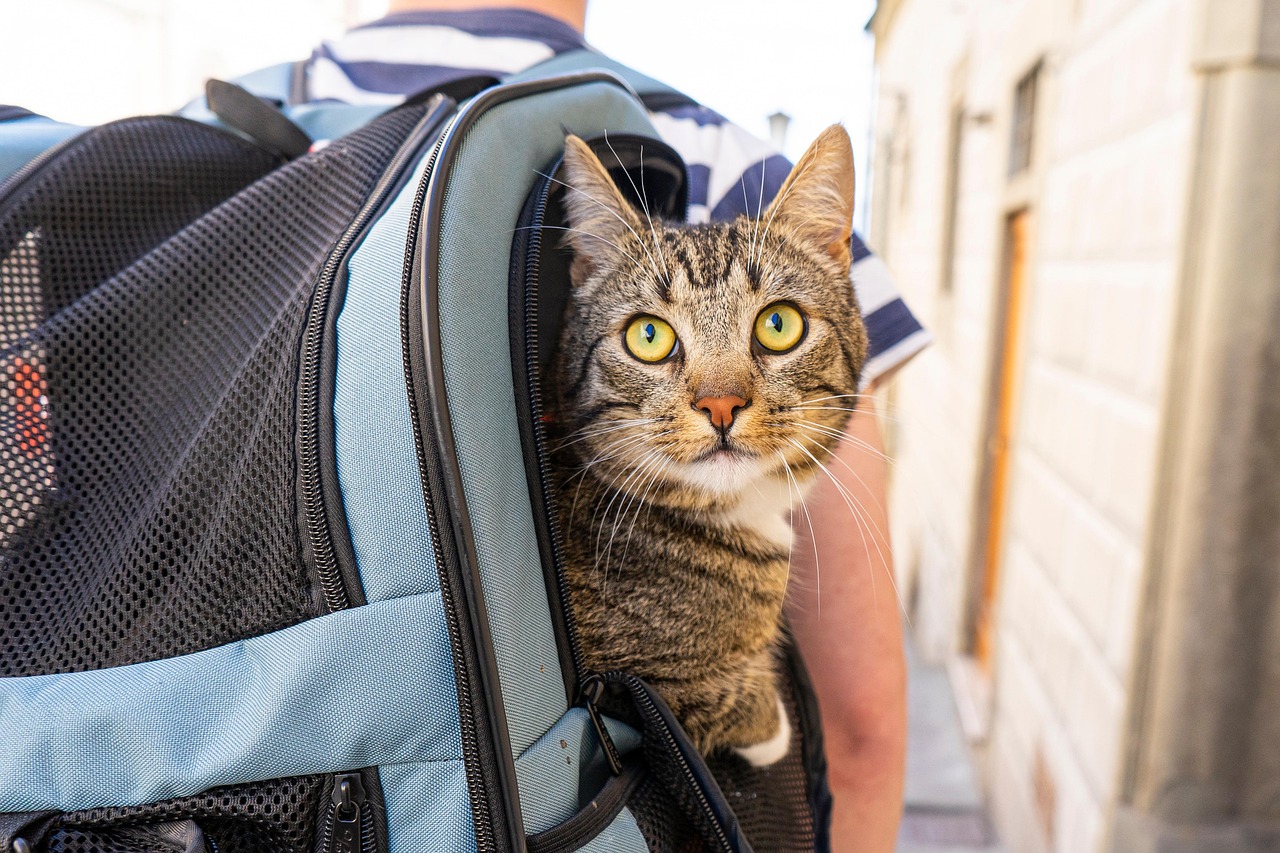
Moving to a new home, rearranging furniture, or even small changes in their usual environment can stress cats. They are creatures of habit and thrive in stable, predictable environments. Any significant changes can make them feel insecure and anxious. However, cats who can adapt to reasonable changes without extreme stress responses show greater resilience.
Cats love routine. If the overgrooming is stress-related, try creating a comfortable environment and a predictable schedule. For example, clean the litter box at least once a day and keep mealtimes consistent. Adaptable cats maintain their basic routines while adjusting to life’s inevitable changes.
Resilient cats show manageable stress responses to environmental changes without developing destructive behaviors or health issues. This adaptability serves them well throughout their aging process when changes become more frequent.
8. Seeking Regular Veterinary Care Without Extreme Stress
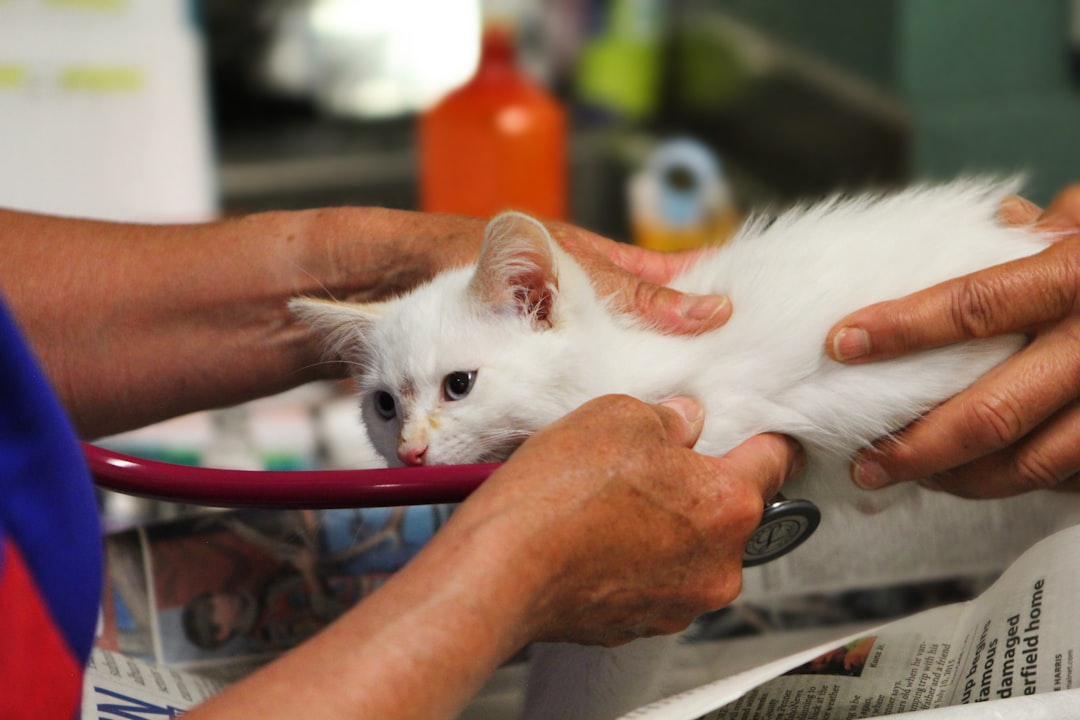
A minimum annual wellness examination is recommended for cats by veterinarians and veterinary organizations. However, owners may avoid visits to a veterinarian if they know their cat will behave aggressively during a health examination or if they consider health examinations stressful for their cat. Cats who can handle vet visits with manageable stress levels get better preventive care.
Regular wellness exams and routine lab tests can help veterinarians find and treat many life-threatening health conditions before they become a problem. They’re especially important for cats, who are excellent at hiding when they’re sick or in pain, Olson says. Bringing your cat to the vet on a regular basis also ensures she’s up to date on all recommended vaccines, prescription flea and tick for cats and heartworm medicine for cats.
It’s important to have a good relationship with your vet to ensure your cat is getting what they need for a long and healthy life. If you notice any changes in your cat’s behavior as they age, chat with your vet. Early detection and treatment of health issues significantly impacts longevity.
9. Displaying Curiosity About Their Environment
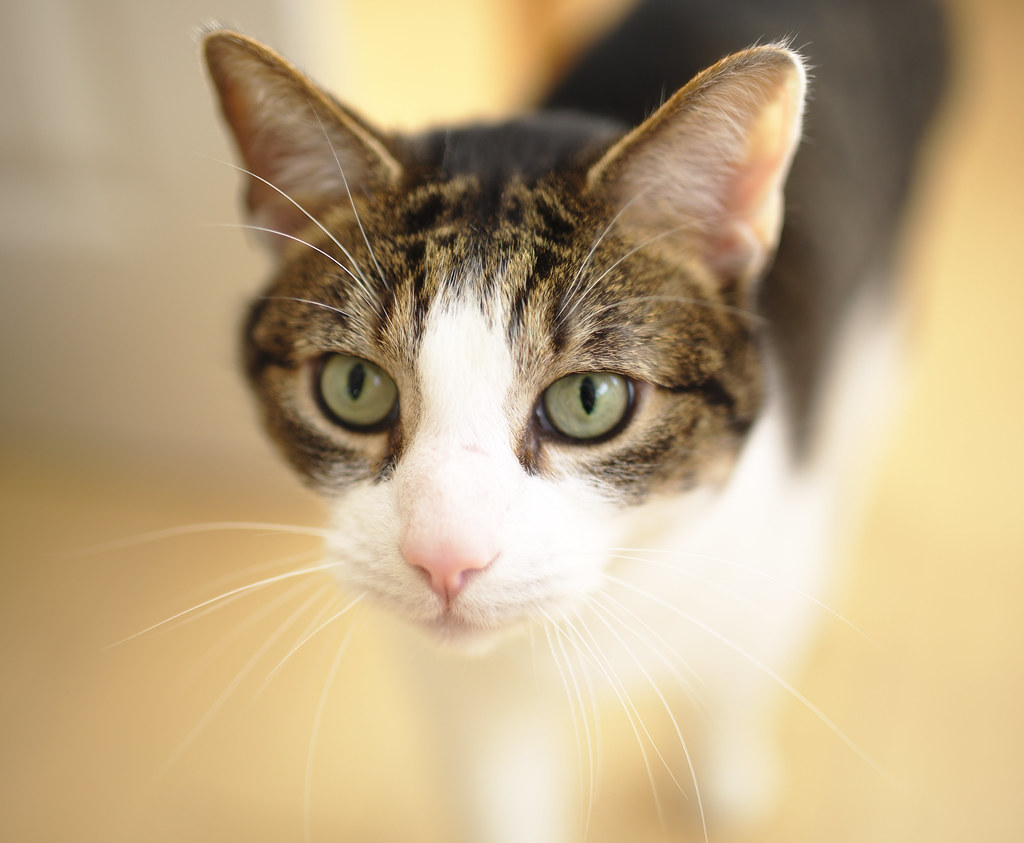
This mental engagement helps keep a cat’s brain active. As discussed, grooming reduces stress levels, and this can contribute to better cognitive function, as stress can impair mental clarity and focus. Curious cats who explore their surroundings show better cognitive health and mental stimulation.
Cats are also highly intelligent and prone to boredom if their daily routine lacks proper enrichment. Mental and physical enrichment can help with overgrooming because it gives your cat a distraction from the grooming behavior. It’s also a healthy way to release the endorphins your cat may be seeking through grooming.
Cats who maintain interest in toys, new smells, sounds, and environmental changes show better cognitive function and emotional health. This curiosity keeps their minds sharp and prevents the mental decline associated with aging.
10. Managing Stress Without Destructive Behaviors

When a cat’s behavior deviates significantly from these norms, it might indicate a mental health problem. Luckily, there are some key signs to monitor a cat’s mental health. Stress and anxiety can significantly impact a cat’s eating and drinking habits. Cats with healthy stress management don’t develop destructive coping mechanisms.
Without stimulation, bored cats may develop depression, destructive behaviors, or even urinary issues due to stress. Well-adjusted cats find healthy ways to cope with environmental stressors without damaging their physical health.
Some cats use overgrooming to cope with stress or boredom. It’s thought that licking releases endorphins that help relieve anxiety, so when a stressed cat finds relief through licking, it can turn into a habit. Cats with good stress management maintain healthy behaviors even under pressure, leading to better long-term health outcomes.
Conclusion
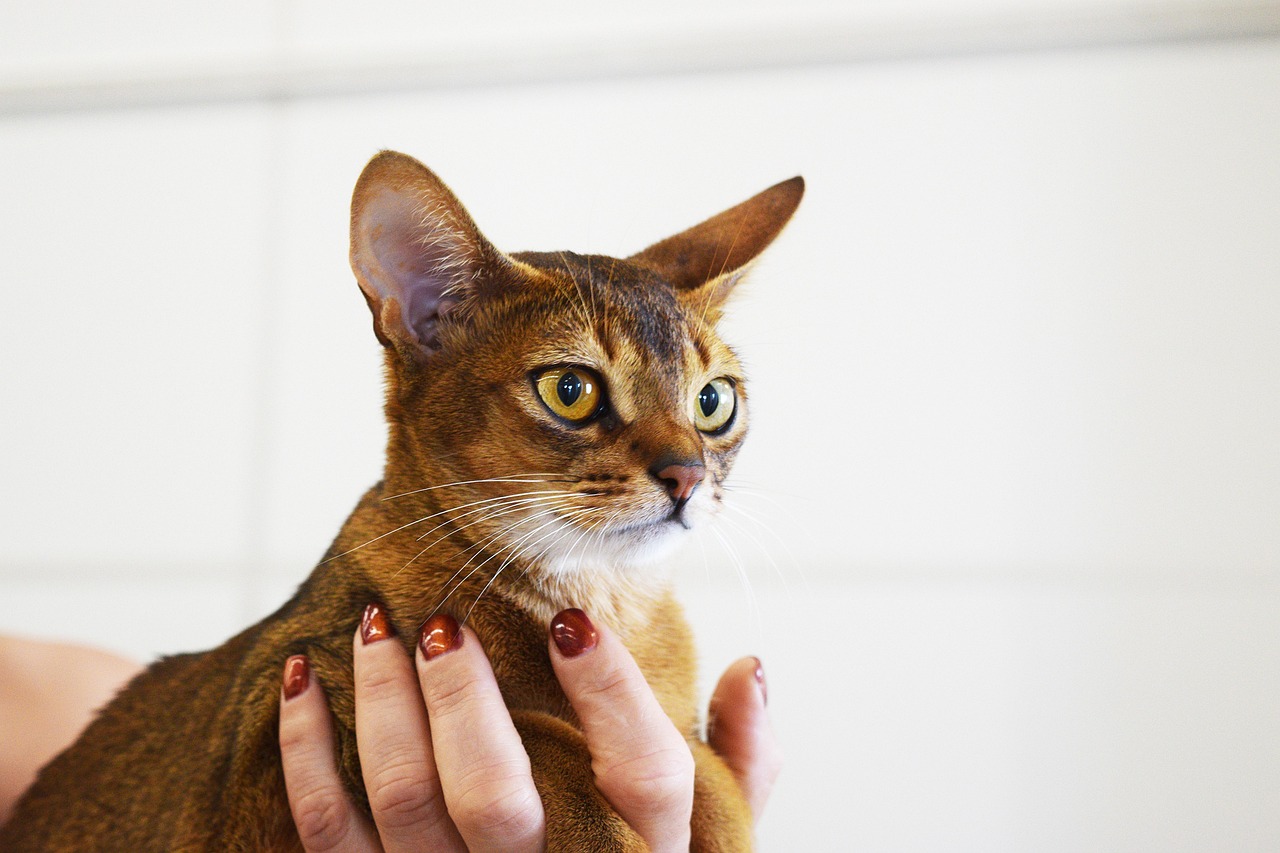
The habits that predict feline longevity aren’t complicated – they’re the everyday behaviors that show your cat is physically healthy, mentally engaged, and emotionally balanced. Cats who maintain consistent grooming, stay active, drink adequately, engage socially, manage their weight, sleep well, adapt to changes, tolerate veterinary care, remain curious, and handle stress without destructive behaviors typically enjoy longer, healthier lives.
These behavioral patterns serve as early warning systems for potential health issues while also indicating overall well-being. By recognizing and supporting these positive habits, you’re giving your feline companion the best chance at reaching those golden senior years with grace and vitality. What habits does your cat display that might predict a long and healthy future?

